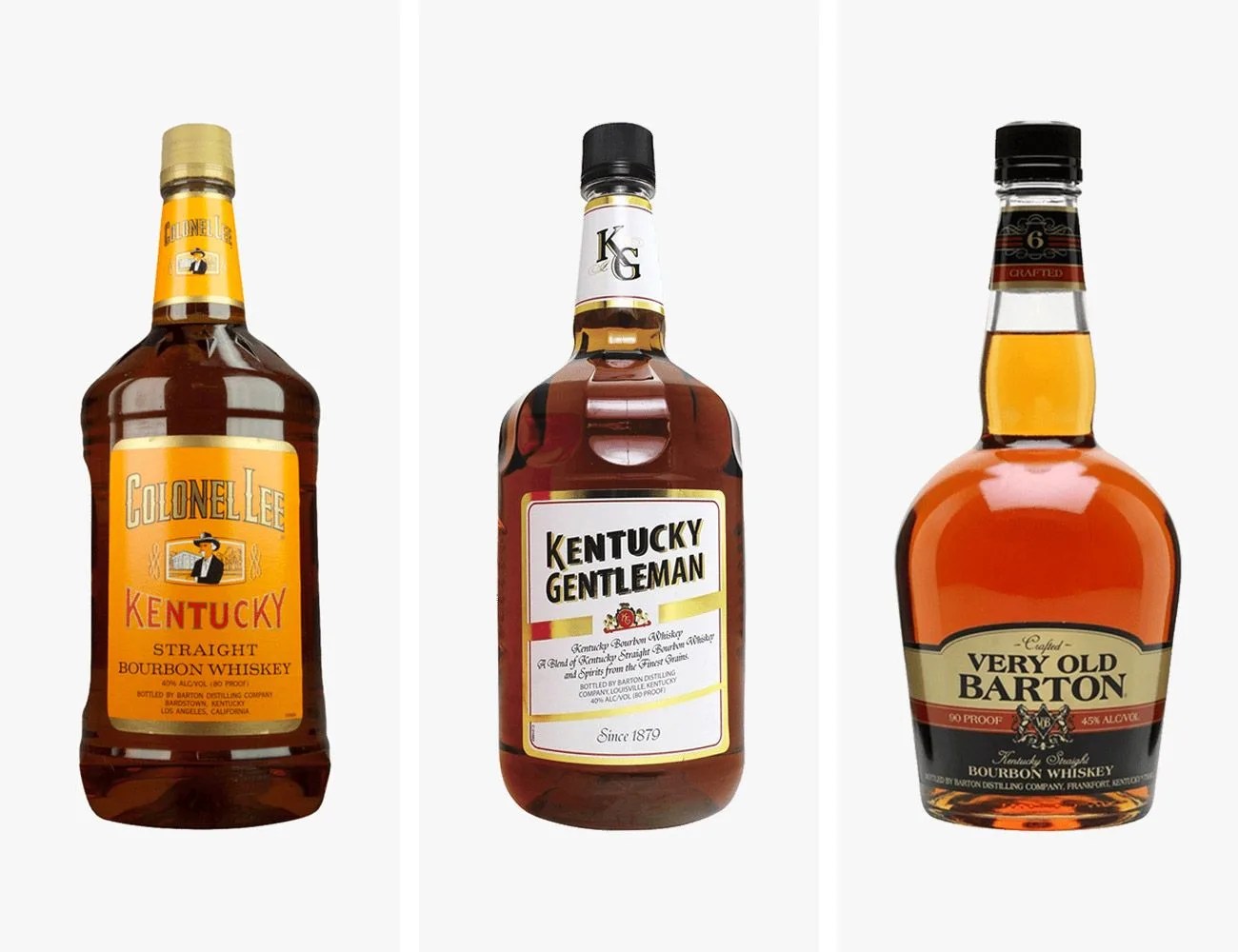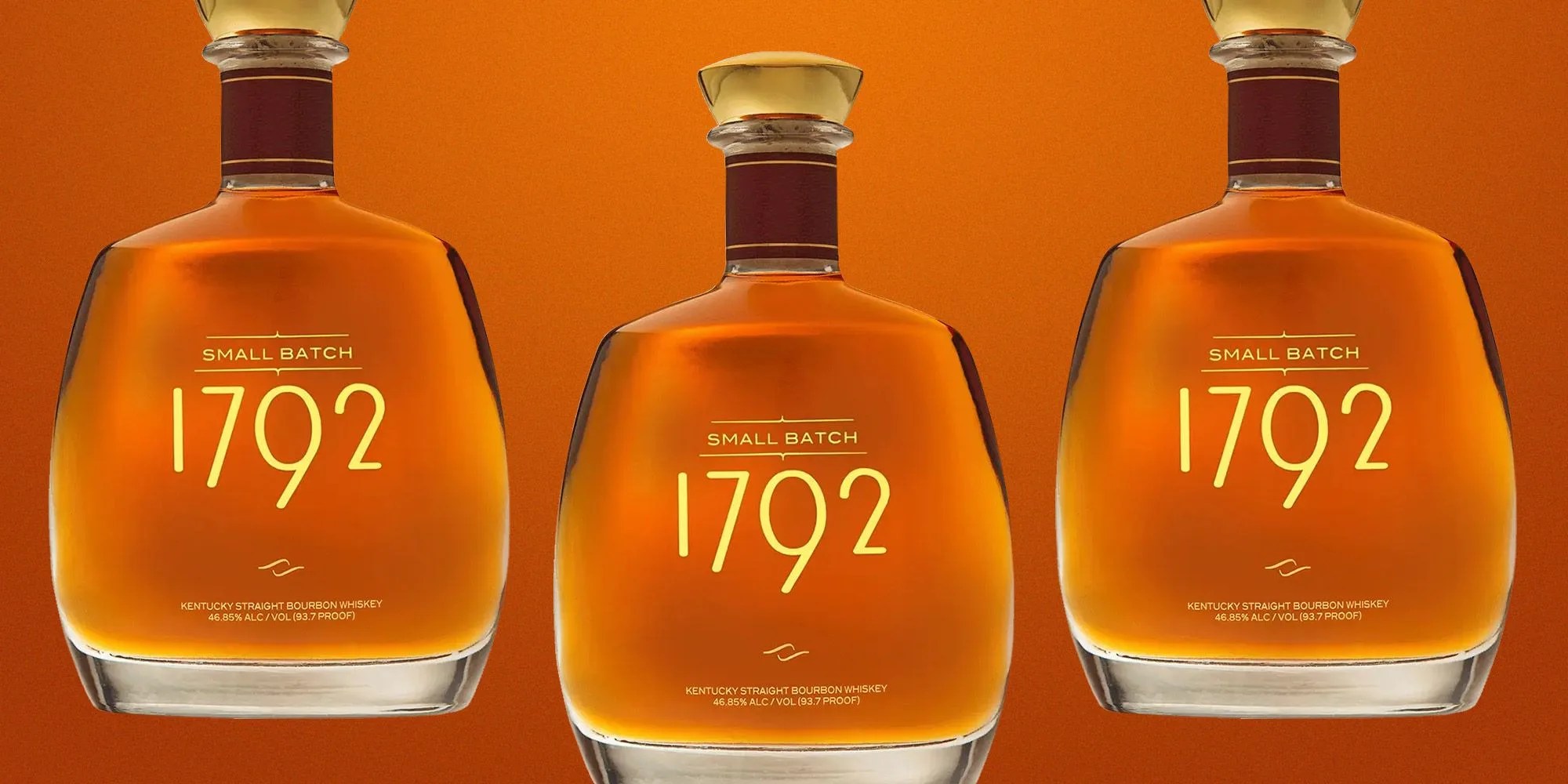Everything you need to know about the most popular bourbon whiskey on shelves today. This time: 1792 Small Batch Bourbon, a high-value bourbon brand with ultra-famous family members.
What is 1792 Bourbon?
One of the most-awarded whiskey labels today few bourbonites know much about, for one. The brand’s Full Proof expression — a barrel proof, high-rye bourbon — even grabbed a Jim Murray Whiskey of the Year nod in 2020. If there’s a single attribute that unites the lineup — which includes Full Proof, 12-Year-Old, Sweet Wheat, Single Barrel, High Rye, Bottled-in-Bond and Port Finish — it’s value. Generally speaking, 1792 whiskey is held in high regard by reviewers and the tasting competition circuit while retaining very fair pricing. The inverse is typically true; when whiskeys win a bunch of awards, the price grows with its prestige.
Who makes 1792 Bourbon?
The 1792 bourbon brand is made by Barton 1792 Distillery in Bardstown, Kentucky. As far as bourbon brands go, 1792 is new (launched in 2002), but the distillery is old. It was founded in 1879 by Tom Moore and Benjamin Mattingly with money from the Willett family (like the other whiskey brand) and called Mattingly & Moore Distillery. After a number of ownership changes, Prohibition and significant changes in the whiskey market, the distillery fell into the hands of its current owners.
From a production perspective, the most notable throughline between the brand’s whiskeys is rye content. Though the exact mashbill information isn’t available, experts and bourbon hobbyists alike can taste a high-rye bourbon when they taste it, and 1792 whiskey almost certainly falls in that category. Though high-rye bourbon is common still — think Old Grand-Dad, Four Roses Small Batch Select, Bulleit and so on — its high-octane drinking experience is the opposite of wheated bourbons, another increasingly popular bourbon subcategory.




